Lawn mower maintenance: tips for petrol, battery and push mowers

Imagine you've finally got organised to tackle the yard, only to have your lawnmower refuse to start, struggle to cut the grass, or conk out. Issues like clogged parts, dead batteries or stale fuel can turn the job into a major hassle.
A poorly maintained lawnmower can end up needing costly repairs, have a shorter lifespan or become unsafe to use. Make cleaning your mower and checking it over part of your regular mowing routine. Attend to any issues early – don’t leave it in the shed to sort later.
Wear protective gear when handling your lawnmower
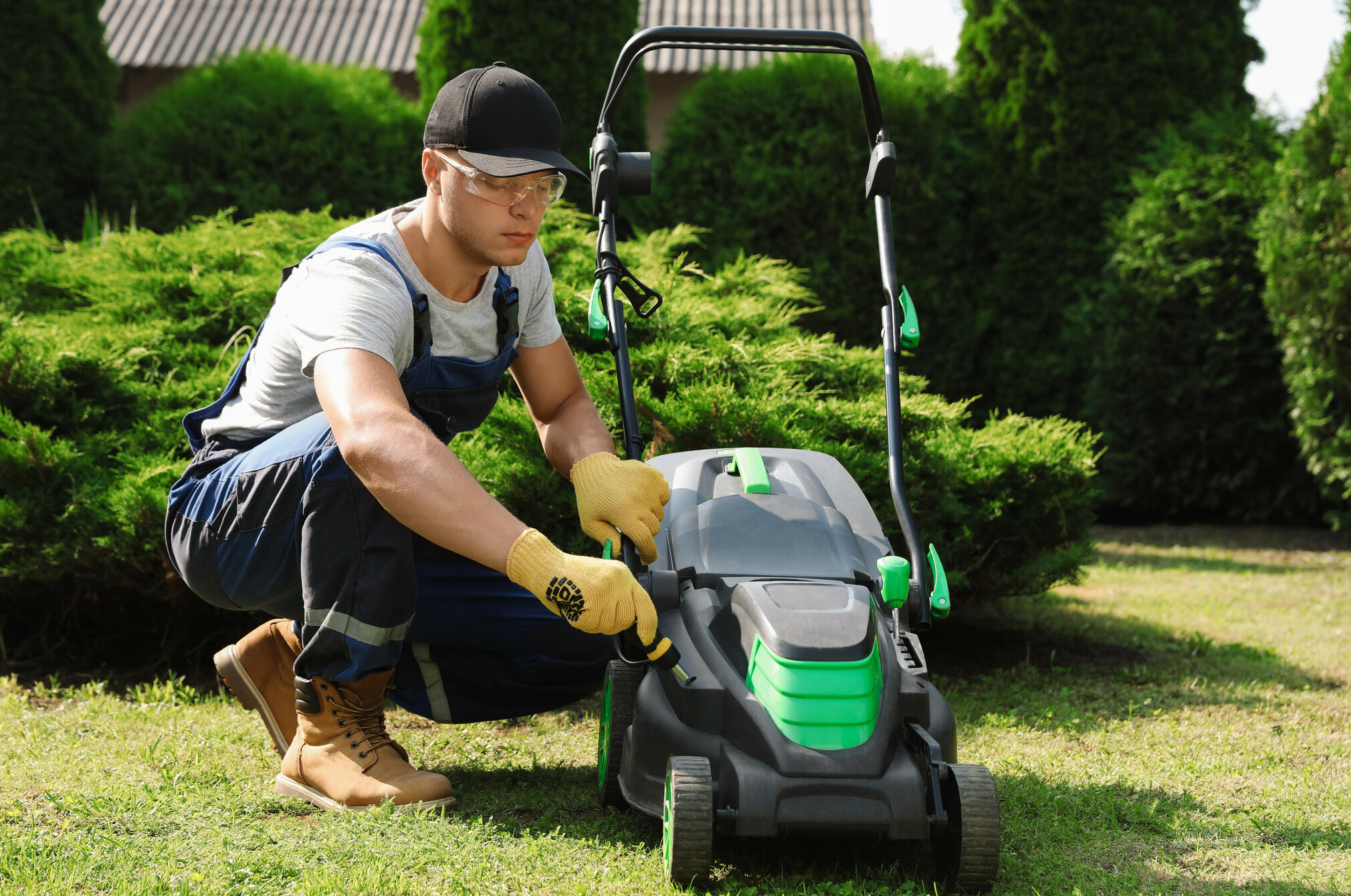
You should wear good protective gear when mowing your lawns. You won’t need your earmuffs for cleaning and maintenance tasks, but keep your safety glasses and overalls on. And put on some thick gloves to protect your hands from the mower’s blades and other sharp parts.
Maintenance for all types of lawnmowers
Follow the maintenance schedule in your lawnmower’s manual to keep your mower running well and its warranty valid. There are a few things you should do after each mow, whatever type of mower you have. If your mower heats up when you use it, let it cool first.
- Catcher: Empty then use a soft brush to wipe out residual grass clippings. Finish off with a dry rag.
- Discharge chute and mulch plug (if any): Use a soft brush to wipe out grass clippings and dry with a rag.
- Deck (underbody): Scrape out grass clippings with a wooden or plastic scraper. Rinse off residual grass and dirt if the user manual allows, including from the blades. Some lawnmowers have a wash port for a hose. Dry with a rag.
- Exterior: Use a soft brush or rag to wipe off grass and dirt. Coat areas that could rust with a thin film of oil such as WD-40 or mineral oil.
- Blades: After cleaning, check thee blades are sharp (as a butter knife, not a razor), straight, adjusted correctly and securely attached. Blade sharpening requirements can vary. If you don’t have the tools or know-how, get a lawnmower mechanic to sharpen dull blades. Replace them if they’re damaged or badly corroded.
- General: Check everything is in good condition and securely fastened. Tighten any loose parts. If it’s been a while since you last used the lawnmower, check again before your next mow in case anything has come loose in storage.
Note: Self-propelled models have additional parts, which should also be maintained in accordance with your lawnmower’s user manual.
Petrol lawnmowers
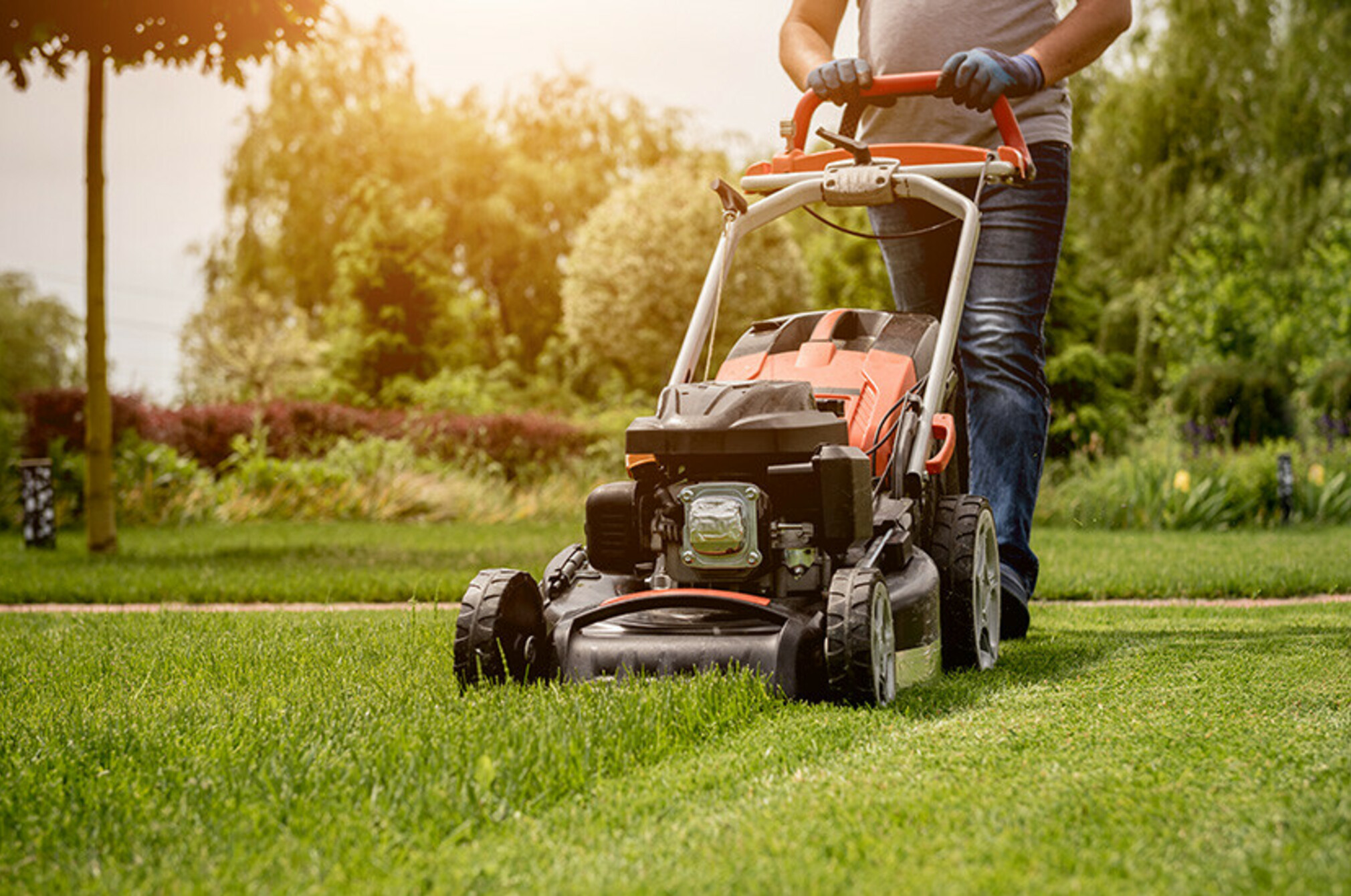
Petrol lawnmower engines operate at high temperatures and need regular servicing. Maintenance schedules vary between models, so check your mower’s manual.
Also check which way your mower can be tilted so it doesn’t leak fuel. You might need to empty the fuel tank and remove the spark plug before you undertake any maintenance. See the maintenance for all types of lawnmowers as well as the below.
- Petrol: Replace stale or contaminated fuel before you mow your lawns.
- Engine oil and filter: Check the oil level before every mow – keep it topped up to the optimal mark. Replace the oil and filter every 6–12 months and anytime the oil looks dark and dirty.
- Spark plug: Clean and tighten if it’s dirty, loose or disconnected. Replace every 1–2 years or sooner if needed.
-
Air filter: Check it after every mow and clean as often as needed by knocking out dirt, brushing out with a soft brush, or blowing it out with an air compressor if you have one. Replace the filter every 1–2 years or more frequently if it’s damaged or doesn’t clean up well.
- General: Check and attend to obvious damage, such as a leaking fuel line or cracked muffler. Clean away any dirt build-up, particularly around air intakes.
There will be other parts in your mower’s maintenance schedule that you’ll need to check periodically. Some might need inspecting by a mower mechanic.
Battery (cordless) lawnmowers
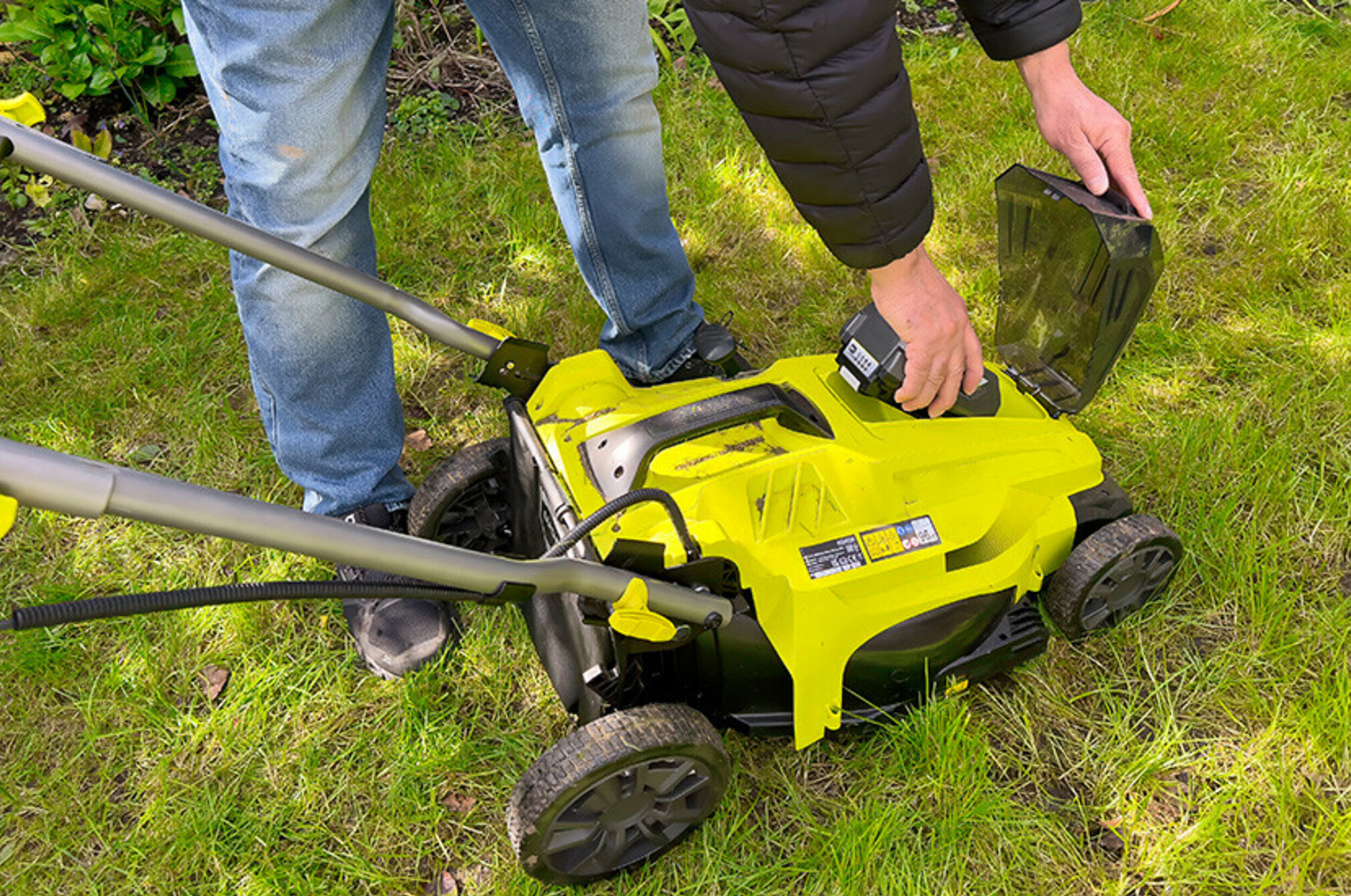
Battery-powered lawnmowers have fewer moving parts than petrol models, but they still require some maintenance checks. Remove batteries before you start. In addition to the maintenance for all types of lawnmowers, check the following before each mow and before recharging the batteries.
- Connections: Clean any dirt off the charger’s and mower’s battery connections. Replace if corroded.
- Batteries: Keep the terminals free of dirt. Replace the batteries if corroded or if they’ve changed shape or colour, are leaking or giving off a strange smell. Let batteries cool for at least 15 minutes after mowing, then charge before storing, unless your mower’s manual says otherwise.
Replacing batteries
If your batteries are a few years old and your lawnmower’s run-time is getting too short, it might be time to replace or refurbish the batteries. All batteries degrade over time, whether used regularly or left in storage.
But don’t throw them in your rubbish bin! The lithium-ion batteries used in lawnmowers and other power tools can cause serious fires if thrown out with general waste.
You can ask a battery repacking business to install new cells in your existing batteries – shop around, as services and prices vary. We recommend RePower Batteries. You’ll often have the option to upgrade to higher capacity cells, extending the battery’s run-time too.
If you buy new batteries, the battery supplier may recycle your old ones. Battery recycling is also offered by many community centres, zero waste hubs, recycling centres, libraries, hardware stores (Bunnings, in particular), landfill and transfer stations, and some regional councils. You can read about how to recycle your old batteries here.
Get the most out of lithium-ion batteries
Lithium-ion batteries have a longer lifespan if they’re not fully discharged or overcharged. If possible, recharge batteries before they get below about 20%. Remove them from the charger as soon as they reach 100%. Some batteries have built-in protection against fully discharging and overcharging (and overheating) – check your product’s user manual.
Store batteries and chargers in a cool, dry place, ideally in a case to protect them from dust and moisture. Don’t store them with metal objects as that could cause a short circuit.
Mains electric lawnmowers
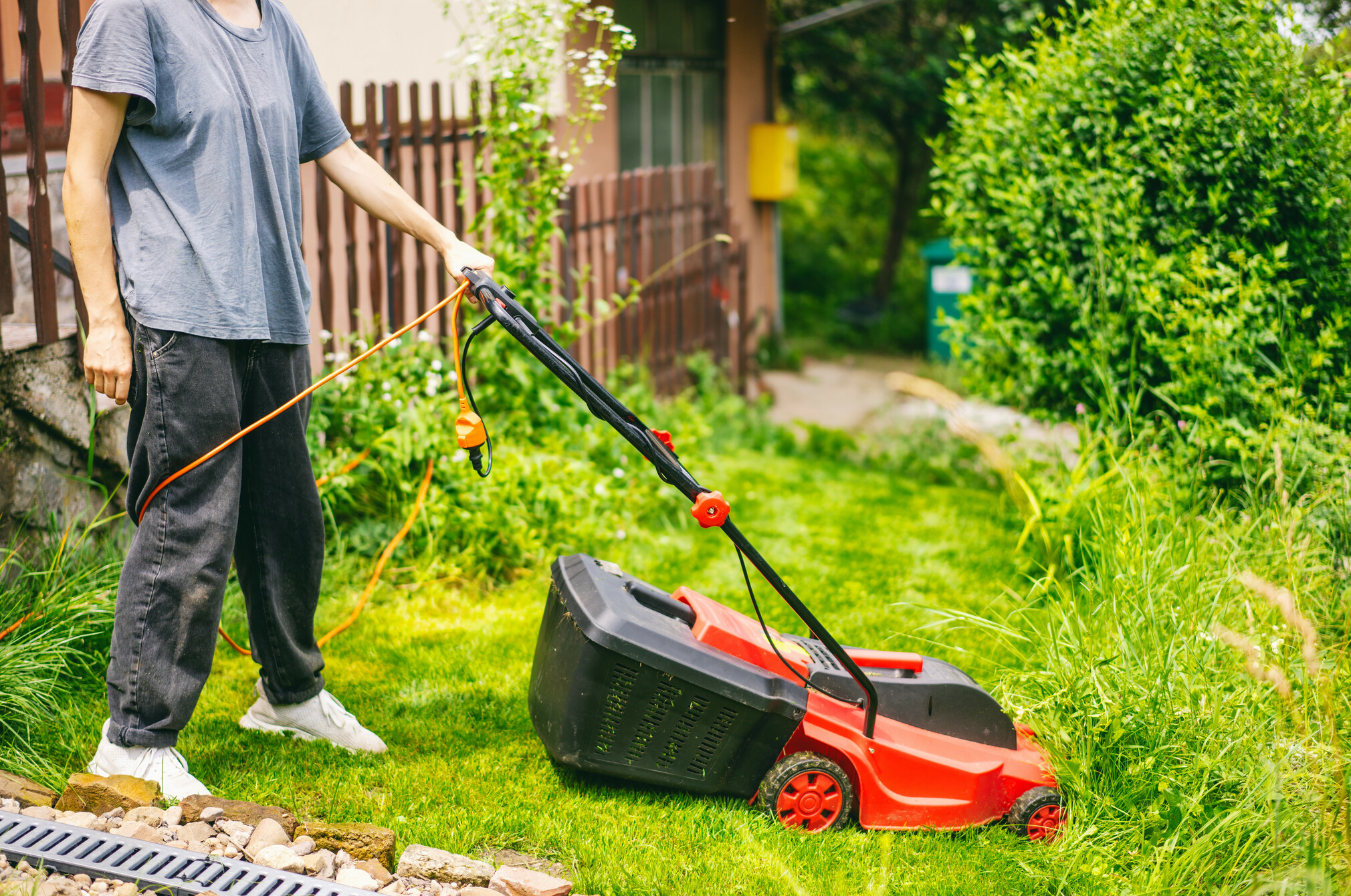
With no batteries and few moving parts, mains electric mowers require minimal maintenance. Unplug your lawnmower before you start. In addition to the maintenance for all types of lawnmowers, check the following before each mow.
- Power cords: Check the mower’s power cord and extension lead, including their plugs. Replace if damaged.
- Residual current device (RCD): If your RCD has a test function, check it’s working and reset it before plugging your lawnmower in. Replace if damaged.
Push lawnmowers
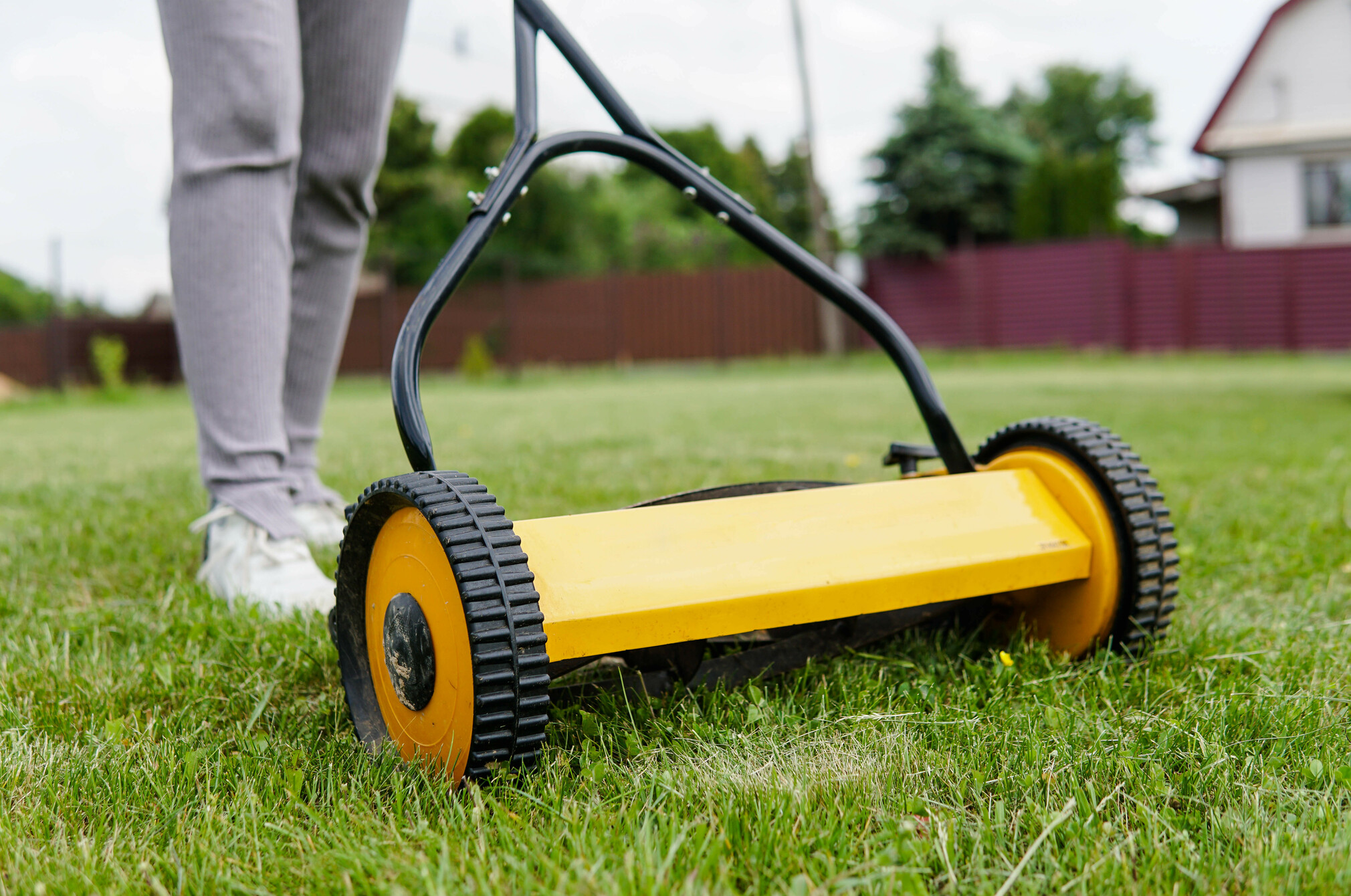
Push mowers require very little upkeep since they don’t have an engine. Refer to the maintenance for all types of lawnmowers. You should be able to wash grass off a push mower with a hose. But check the user manual for any requirements specific to your model.
If you’re in the market for a new lawnmower, check out our test results.
We've tested 89 lawn mowers.
Find the right one for you.
AEG

Bosch

Bosch
.jpg&w=315&q=75)
Member comments
Get access to comment